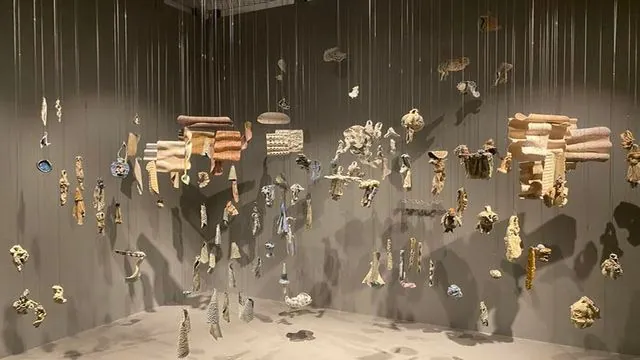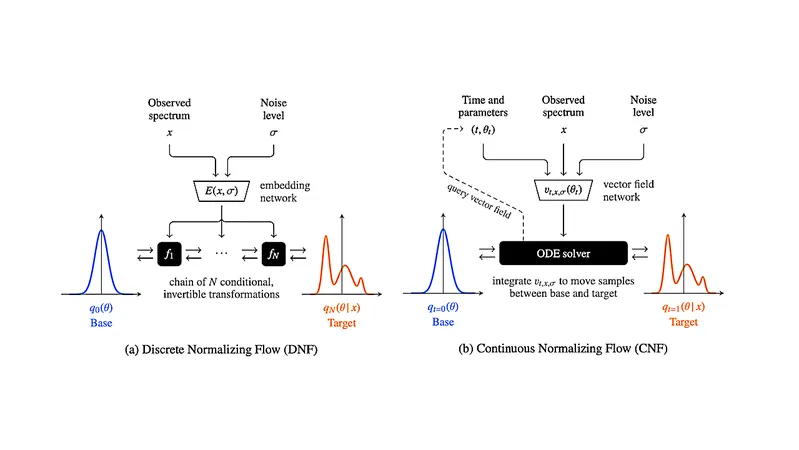
Revolutionizing Ceramics: How Graphene is Transforming Art and Science
2024-10-28
Author: Mei
Introduction
In an inspiring fusion of art and science, a cutting-edge research project featured in ACS Omega is pushing the boundaries of traditional ceramic techniques. An interdisciplinary team has embarked on an innovative journey, exploring the unique production methods, properties, and potential applications of a novel type of ceramic enhanced with graphene oxide (GO).
Enhancing Ceramics with Graphene Oxide
Recently, scientists have discovered that incorporating graphene oxide into ceramic slurries—composed of kaolin clay and water—significantly boosts the material's durability and thermal shock resistance. Daria Andreeva, a leading materials scientist, and her team took this concept a step further by employing ultrasound technology to uniformly mix GO into the slurries. By meticulously adjusting the concentration of GO and the duration of ultrasound exposure, they identified the optimal conditions that substantially improve the strength and heat resistance of the baked ceramics.
Artistic Collaboration
In an exciting collaboration, the research team teamed up with artist-in-residence Delia Prvački to showcase the creative possibilities of this new ceramic material. The resulting artworks, which blend aesthetic beauty with advanced scientific processes, are currently on display at the National University of Singapore Museum.
Exploring Artistic Potential
As the authors of the study suggest, “We explored artistic potential by experimenting with novel ceramic forms and textures. Harnessing the properties of graphene not only expands the landscape of traditional ceramic art but also allows for the creation of delicate and intricate structures that were once thought impossible. This innovative approach not only broadens artistic horizons but may also minimize the necessity for additional structural supports.”
Implications for the Future
The implications of this research extend beyond the art world, hinting at future developments in manufacturing and engineering where stronger, lighter materials could lead to advancements in various fields, including aerospace and automotive industries.
Conclusion
Could this breakthrough mark the dawn of a new era where science and art coalesce to create revolutionary materials? Only time will tell, but one thing is certain: the integration of graphene into ceramics is reshaping our understanding of material science and artistic expression.




 Brasil (PT)
Brasil (PT)
 Canada (EN)
Canada (EN)
 Chile (ES)
Chile (ES)
 España (ES)
España (ES)
 France (FR)
France (FR)
 Hong Kong (EN)
Hong Kong (EN)
 Italia (IT)
Italia (IT)
 日本 (JA)
日本 (JA)
 Magyarország (HU)
Magyarország (HU)
 Norge (NO)
Norge (NO)
 Polska (PL)
Polska (PL)
 Schweiz (DE)
Schweiz (DE)
 Singapore (EN)
Singapore (EN)
 Sverige (SV)
Sverige (SV)
 Suomi (FI)
Suomi (FI)
 Türkiye (TR)
Türkiye (TR)